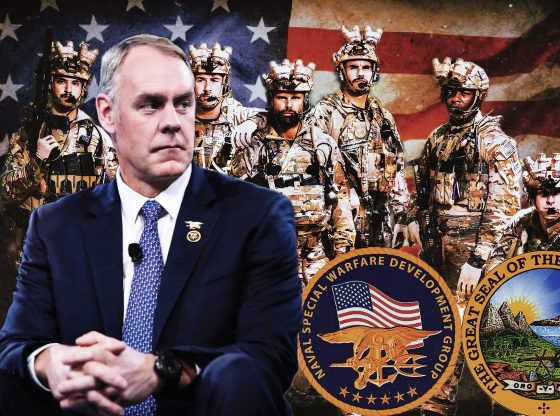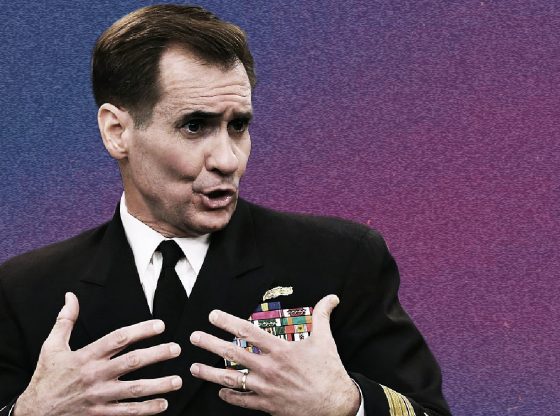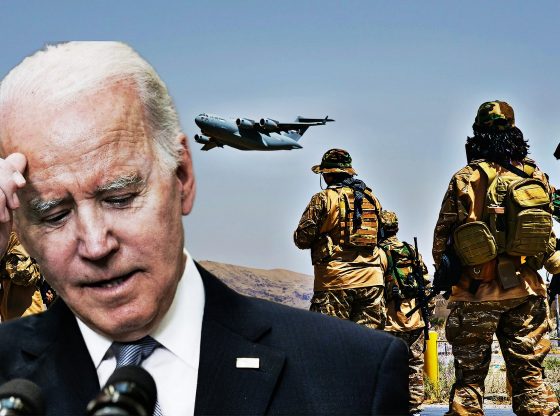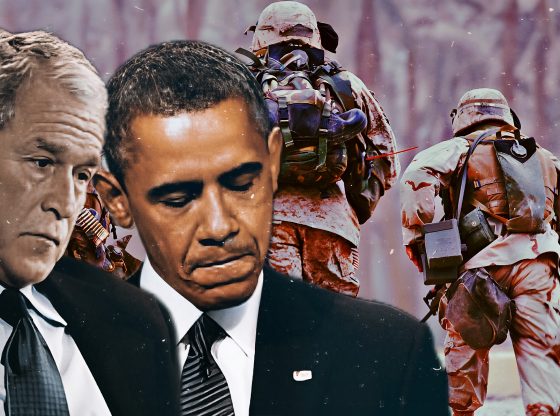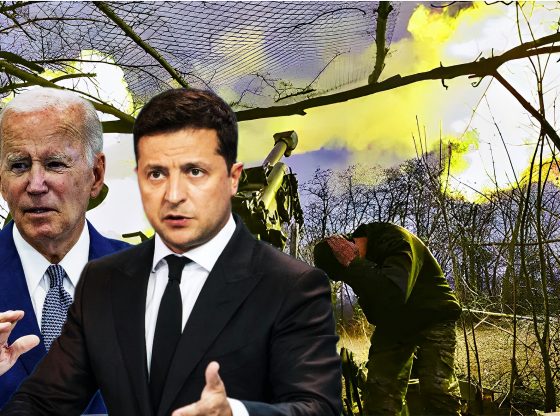The Chinese Communist Party (CCP) has spent the past several decades building its economic might under the guise of a “peaceful rise,” to make it a global powerhouse, before turning to rebuild its military forces. But, with a budget that has skyrocketed over the past decade, the People’s Liberation Army (PLA) is increasingly threatening both its neighbors and even the United States in certain ways with its growing state-of-the-art military technology and sheer numbers of new weapons systems.
China already ranks among the world’s leading militaries in critical areas including artificial intelligence (AI) and anti-ship ballistic missiles, and is striving to lead in hypersonics and robotics, with the intent to become a top-tier force (if not THE top force) within thirty years – by 2050.
As we have seen as China has grown more economically powerful on the world stage, it also has grown much more assertive. As China’s military modernizes and grows, it most certainly will become more aggressive in the Asia-Pacific region and beyond. We will, of course, see intensifying pressure on Taiwan and further militarizing disputed islands in the South China Seas, but we should also expect to see China flexing its military muscle elsewhere, such as the Middle East, and Africa, as well as the Arctic.
Though the PLA still has a way to go before it can effectively challenge the US directly, the US now rightfully sees China as a great-power rival. I would argue it is the US’s primary global rival. In its brief new background report – China’s Modernizing Military – the Council on Foreign Relations (CFR) asks and answers critical questions about China’s military forces.
- What catalyzed the PLA’s modernization?
- How are the services being reformed?
- How much does China spend on its military?
- What’s the state of China’s defense industry?
- How does the military serve China’s defense and foreign policy interests?
- Does China want to project military power globally?
- What are the PLA’s major challenges?
- How are countries responding to China’s military rise?
By answering these questions, this report describes how since 2012, when President-for-Life Xi Jinping came to power, Xi has gone further to push military reforms than his predecessors, championing what he calls the Chinese Dream, a vision to restore China’s great-power status. Xi leads the Central Military Commission, the PLA’s highest decision-making body, and he has committed to producing a “world-class force” that can dominate the Asia-Pacific and “fight and win” global wars by 2049. While using less emphatic terms than I do, this report is an excellent summary – well worth reading.
Paul Crespo is a national security expert and communications consultant. As an officer in the US Marine Corps, he served as a military attaché with the Defense Intelligence Agency (DIA) at several US embassies worldwide. Paul was also an Adjunct Professor of Political Science at the University of Miami and a member of the Miami Herald Editorial Board. He holds degrees from Georgetown, London, and Cambridge Universities. Paul is CEO of SPECTRE Global Risk, a security consultancy, and a Contributor to American Defense News.





